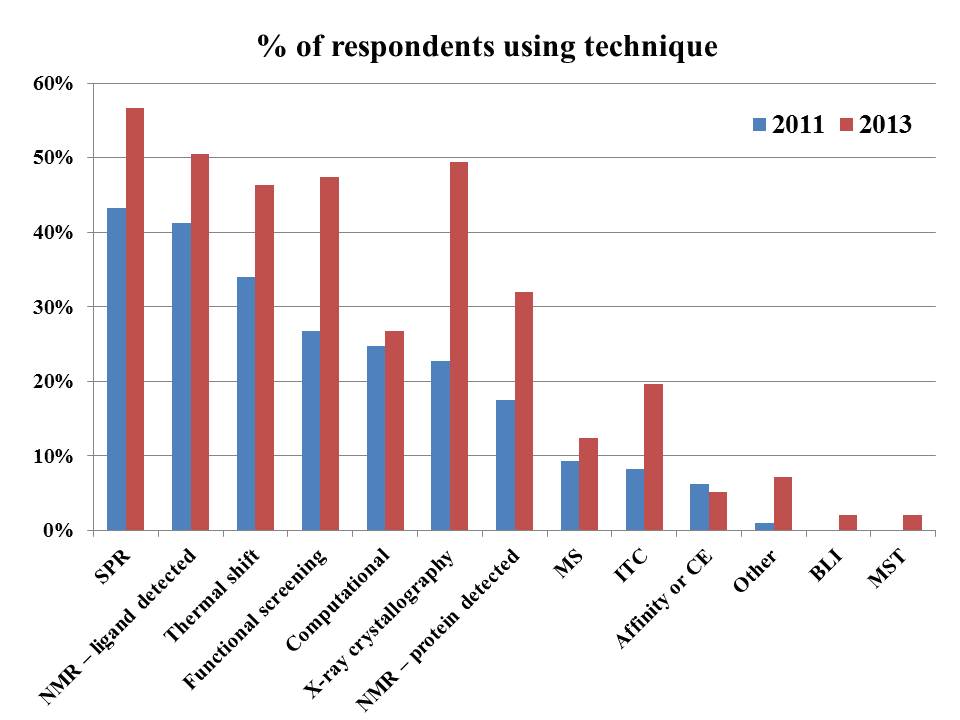Bugs are bad. I hate bugs. Bugs of all kinds. In our part of the world we have a particularly noxious, invasive bug called the stink bug. Ewwww. And they are everywhere. And in the winter they are particularly prevalent because they get in your attic, soffets, etc. and then creep into your house. I would love to be part of a global effort to eradicate these horrible creatures. I may lose my green bona fides advocating the genocide of an entire species, but so be it. It is also not so practical, so really not germane to this blog.
However, targeting bacteria is practical, and important. Antibiotic resistance is on the rise globally and only two antibiotics with novel modes of action have been approved in this century. Dire consequences meet pressing need. Many antibiotics with improved efficacy are due to higher to higher potency or resistance to degradation. But, this avenue has a limited lifespan and novel targets are needed. Into this breach steps Astra Zeneca, with this paper. The topoisomerases DNA gyrase and Topisomerase IV Top IV) have already been shown clinically to be validated targets. The A subunits contains the DNA cleavage domain while the B subunits contain the ATP binding and hydrolysis domain. DNA gyrase inhibitors also typically inhibit TopIV. Fluoroquinolones (the DNA complex) and aminocoumarins (the ATP site) target these enzymes. Aminocoumarins have not received much attention to due PK and safety issues. There are a wide variety of ATP-targeting compounds.
Cpds 1 and 2 have been shown by X-Ray to bind in the ATP site and extend outside that site to generate additional interactions with R144. The team's design goal was a new scaffold that would merge these two compounds attributes. They chose 2-pyridylureas which had not previously been explored. Modeling showed that 5-substitution reaches towards R144 with a carboxylate and 4-substitution allows for exploration into more open space. 6-substitution abuts a hydrophobic region and should not be messed with.
Cpds 1 and 2 have been shown by X-Ray to bind in the ATP site and extend outside that site to generate additional interactions with R144. The team's design goal was a new scaffold that would merge these two compounds attributes. They chose 2-pyridylureas which had not previously been explored. Modeling showed that 5-substitution reaches towards R144 with a carboxylate and 4-substitution allows for exploration into more open space. 6-substitution abuts a hydrophobic region and should not be messed with.
Cpds 3-13 were synthesized (or were commercially available) to test these hypotheses with Cpd 6 clearly the best. Then they explored the 4 and 5 substitutions 9see the actual paper for Tables 1-3). The chemistry and isozyme exploration they performed was very detailed. The two best compounds ended up being 31 and 35.
Then the paper gets into the details (it's 24 pages long and the results/discussionare pp 5-13). I highly recommend reading that part on your own. I am really impressed by the work. As they discuss, the Xtal structures support many of the design hypotheses. This cannot be understated. Fragment-based drug design (and in this case it really is DESIGN) was effective and robust. In the end, their compounds were able to realize potent inhibition of 4 topoisomerases across three bacterial species. Importantly, bacterial growth was realized through inhibition of both the gyrase and Top IV which is the key criterion for continued optimization. Efficacy in a mouse model was demonstrated with 35.









